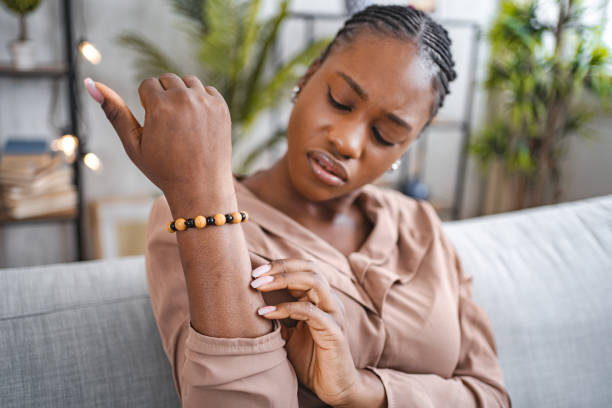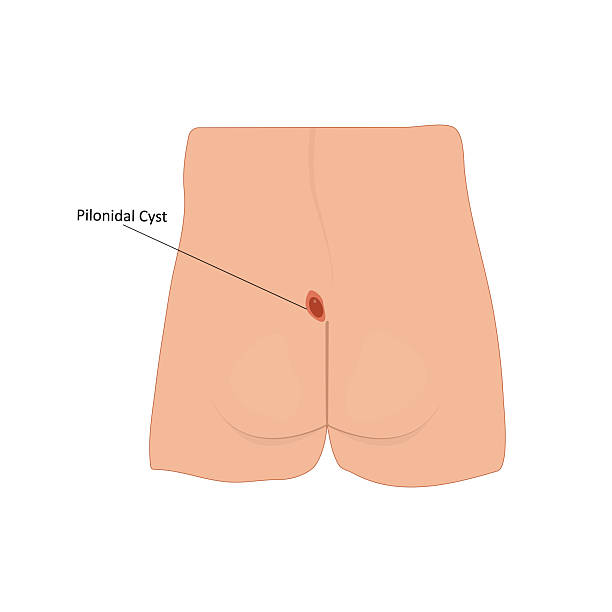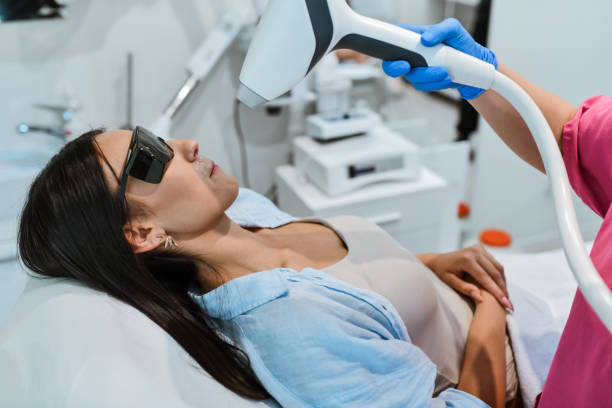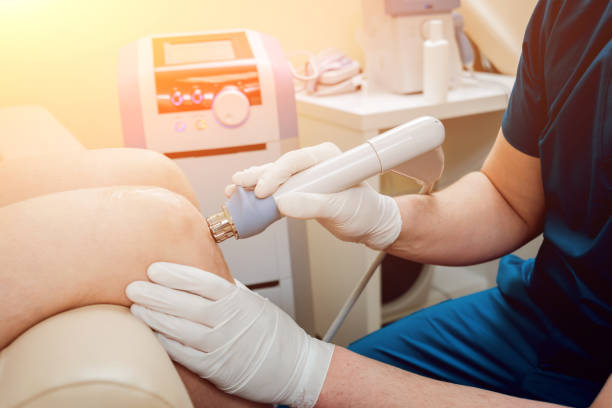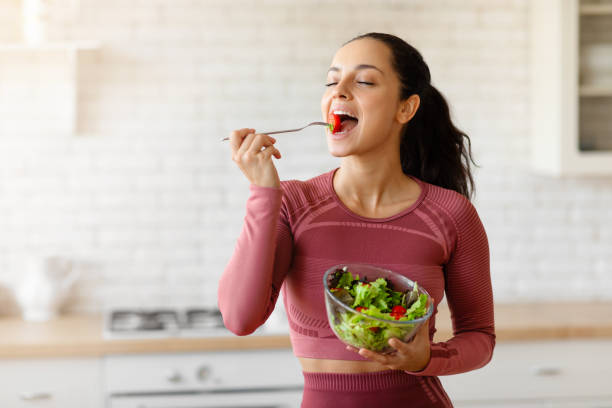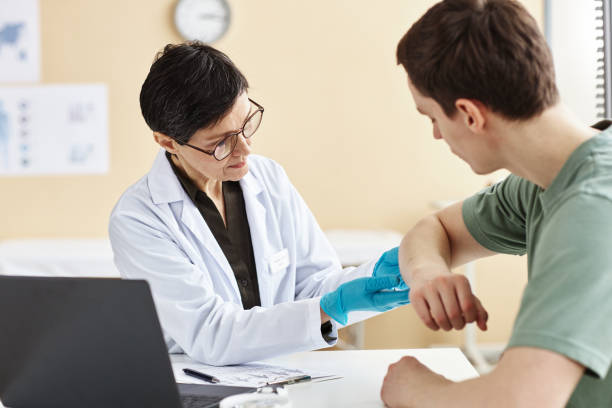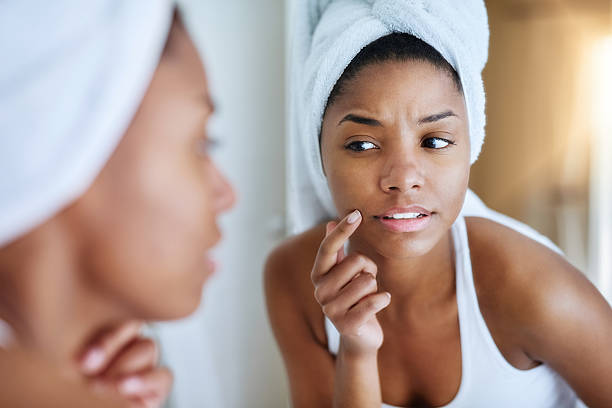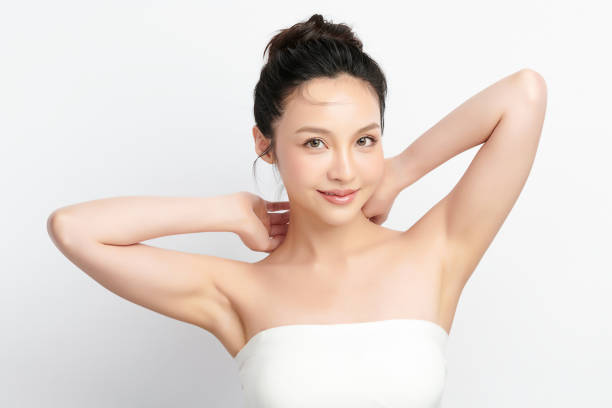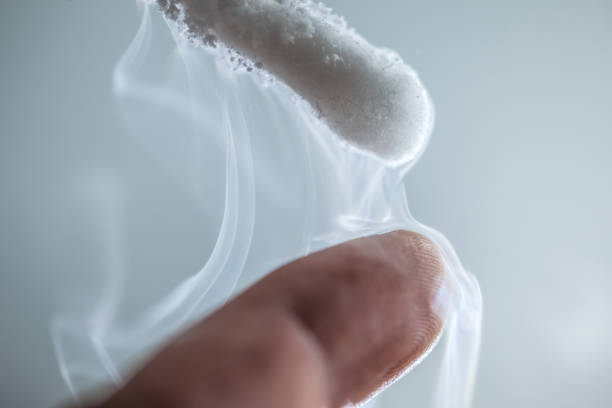Do You Need Ganglion Cyst Removal? Here’s Everything You Should Know | Revitalise London
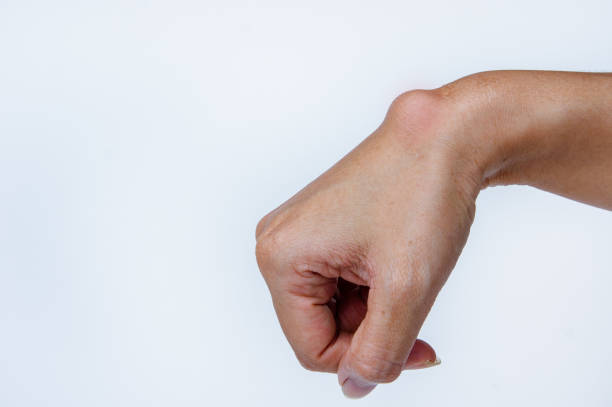
Do you feel a small, round lump on the side of your wrist or next to your hand? You might wonder what it is! Most likely, it is a ganglion cyst. These sacs, filled with fluid, may seem benign initially; however, they can lead to pain, limited mobility, or simply the annoyance of their presence. That’s when many people start exploring safe and effective ganglion cyst removal options.
The most frequently treated soft tissue lumps in hand and wrist clinics are ganglion cysts. They are not harmful, but they may compress the adjacent nerves or tendons, causing pain, weakness, or restricted movement, particularly when you rely on the use of your hands in your job or everyday life.
The good news? You need not live with one. If your cyst is painful, awkwardly situated, or just plain unwelcome, there are modern, minimally invasive ways to remove it safely and lessen the chances of it recurring.
In this article, we’ll walk you through everything you need to know about ganglion cyst removal. What causes them, your treatment options, recovery expectations, and how to choose the right clinic in London for lasting results.
What is a Ganglion Cyst?
Ganglion cyst is a fluid-filled growth, which most often appears around joints or tendons, most frequently on the wrist, fingers, ankles, or feet. It occurs after the synovial fluid (a colourless, gel-like liquid that cushions joints and tendons) is released, creating a soft, bag-like bump just below the skin.
What is It Like?
Ganglion cysts commonly have a feel:
- Smooth and round
- Stiff or a little soft
- They are anchored at the bottom, but movable beneath the skin.
- Painless (in other cases), or sore and tender--particularly when compressed upon the neighbouring nerves
They can increase over time, decrease, or even disappear completely, only to reappear again in the future.
The typical places of Ganglion Cysts
- The most common being the back of the wrist.
- Wrist palm side
- Finger root
- At the top of the foot or ankle
Ganglion cysts may cause pain during movement, inconvenience when performing certain activities, or a lump that presents an aesthetic problem to some individuals in these regions of the body.
What are the Causes of Them?
Ganglion cysts are thought to be the result of an unknown cause, although there are factors that may contribute to the development of the condition, including:
- Repeated strain or joint movement, Repetitive joint movement or strain
- Irritation of the joints or tendons
- The previous wound or trauma
- Joint pains near the arthritis
Ganglion cysts typically affect adults between 20 and 40 years old, with women being more likely to develop them than men; however, anyone can create one.
If your cyst is growing, painful, or impacting your mobility, it may be time to explore ganglion cyst removal.
- Will these cysts ever disappear on their own, or should they be removed?
- Will Ganglion Cysts Heal by Themselves?
Ganglion cysts are erratic. They sometimes reduce in size or disappear without treatment, especially when they are small and not subjected to continuous pressure. That is why doctors sometimes recommend a watch-and-wait strategy, especially when the cyst is pain-free and does not restrict movement.
However, to many individuals, the story does not end there.
They Tend to Come Back
After disappearing, ganglion cysts tend to recur, even in a larger size. Such cysts are attached to the joint or tendon under the skin, and, unless this connection is dealt with, the fluid may again accumulate.
Others also observe that their cysts vary in size. It may appear flat one week and swell suddenly when the same hand is used repeatedly or the joints become strained.
When Home Remedies Fail
On the Web, you can find DIY techniques such as:
- Sticking it down
- Massage or warm compresses
The methods are useless at best and dangerous at worst. They may leave bruises, inflammation, or even damage to the surrounding nerves
Removal as a Necessity
You should consider ganglion cyst removal if the cyst:
- Results in pain, particularly when moving around
- Influences your grip, balance, or mobility
- Compresses a nerve and results in numbness or tingling
- Persists even with rest
- Impairs performance of work, hobbies, or confidence
In such instances, the surest way of obtaining long-term relief is through the removal of the cyst.
Now, we will discuss your treatment choices — aspiration, surgery, and their comparison.
Ganglion Cyst Removal Options Explained
When your cyst is painful, restricting movement, or just does not want to go away, it is time to think about professional treatment. The good news is that ganglion cyst removal can be done safely, quickly, and with minimal discomfort. Aspiration and surgical excision are the two primary methods for treatment.
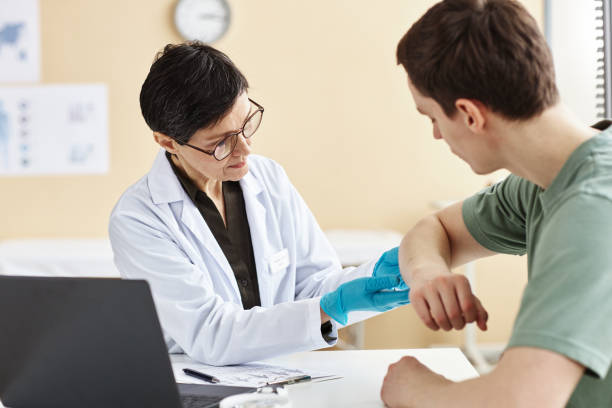
1. Aspiration (Needle Drainage)
It is a non-invasive, minor procedure that can be performed in a clinic.
How it works:
- The region is wiped down and anaesthetised using a local anaesthetic.
- A sterile needle is inserted into the cyst.
- A syringe is used to aspirate the fluid.
In some cases, an injection of a steroid is used to minimise inflammation.
Pros:
- Fast and not very painful
- No suturing or incision
- Relief of pressure instantly
Cons:
- Does not cut the wall of the cyst, hence there is a risk of recurrence (approximately 50%).
- It cannot be used in all cyst positions (particularly where the cysts are firm or multiloculated)
2. Surgical Excision
This is the most effective and final way to remove ganglion cysts.
Mechanism of action:
- Performed with the use of local or general anaesthetic, depending on the size and location of the cyst
- The surgeon cuts the cyst open with a little incision and takes out the cyst and the stalk (the piece attached to the joint)
- The wound is then stitched up and bandaged
Pros:
- Removes the root and the whole cyst
- Reduced repeat rate (about 5-15%)
- Permanent outcomes
Cons:
- A little more recovery time
- Minimal chance of scarring or stiffness in joints (which may be temporary)
Which Option Is Right for You?
Your choice depends on:
- The cyst’s size and depth
- Its location and impact on movement
- Whether it’s your first cyst or a recurring issue
- Your preference regarding recovery and recurrence risk
A qualified specialist will guide you through the best approach based on your symptoms and lifestyle.
Next up: what happens during a ganglion cyst removal procedure and what you can expect on the day of the procedure.
What Happens During the Removal Procedure?
Knowing what to expect during ganglion cyst removal can help reduce anxiety and prepare you for a smooth experience. Whether you choose aspiration or surgical removal, both procedures are typically quick, safe, and performed under local anaesthesia.
Before the Procedure
A thorough discussion with your clinician will start. In the process, they will have the opportunity to examine the size, shape, and location of the cyst, thereby gaining a clear understanding of the case. In a few cases, they may employ ultrasound or imaging to validate the diagnosis. You will also discuss your medical history and any pertinent conditions that may impact your treatment. Your clinician will help you determine which test is more suitable between aspiration and surgery based on this evaluation. You will be provided with specific guidelines on how to prepare yourself, including instructions on avoiding certain medications and details for the day of your procedure.
Aspiration Procedure
In the case of aspiration, it is a quick and easy method. Local anaesthesia will be administered to the skin covering the cyst. This is followed by insertion of a fine needle to remove the fluid in the cyst. After the fluid is removed, the area is covered and shielded. You are usually able to go home in 30 minutes. Since no cutting and stitches are involved, aspiration can provide relief in many patients within seconds, but it is unlikely to prevent the recurrence of the cyst.
Surgical Ganglion Cyst Removal
To remove the ganglion cyst surgically, you will be administered a local anaesthetic or general anaesthetic in rare cases, depending on the size and location of the cyst. The surgeon makes a small incision directly on top of the cyst and can remove the entire cyst, along with the stem that connects it to the joint or tendon. After the completion of the removal of the cyst, the wound is sealed with either dissolvable or removable stitches. The area is covered with a sterile dressing, and your hand or foot may be wrapped to reduce swelling. The process generally lasts 30 to 60 minutes, with the majority of patients able to go home on the same day.
Does It Hurt?
Under anaesthesia, the majority of patients experience minimal or no pain at all. It is not uncomfortable, and you may experience slight pressure or a pulling sensation. Subsequently, a certain amount of discomfort is normal, although it could be addressed through over-the-counter medication.
Following the Procedure
You will be given complete aftercare directions. The majority can leave the same day, and with some treatment methods, resume light activity in 1-3 days.
Next: Recovery and Healing Advice, and How Long to Get Back to Normal.
Ganglion Cyst Removal Recovery
Individuals typically heal quickly after the removal of a ganglion cyst, primarily when the surgery is performed under local anaesthesia. Although a certain degree of soreness and swelling is expected, you should be able to resume your daily activities relatively quickly, particularly when you receive proper aftercare.
First Few Days: What to Expect
Recovery is usually fast following aspiration:
- There can be some mild bruising or tenderness.
- The majority will start working regularly within one or two days
Following the surgery, you can have:
- Mild to moderate pain (relieved using paracetamol or ibuprofen)
- Stiffness or swelling of the joint
- Splint or bandages to cover the area in case of wrist cysts
The majority of individuals can return to light activity within 3-5 days, although it may take an additional few weeks to recover fully.
Guidelines on Post-Procedure Care Of Ganglion Cyst Removal
Following proper aftercare is crucial in accelerating the healing process and preventing complications. The first 24 to 48 hours after the wound occurs, keep it dry and clean. Raise your hand or foot when necessary to minimise swelling, and avoid lifting anything heavy or engaging in repetitive motions for at least a week. You are also advised to avoid immersing the region in water, such as in baths or swimming pools, until the wound is fully healed.
Your clinician can also schedule a follow-up appointment to monitor your healing process or remove stitches when necessary. Sometimes, they may prescribe gentle physiotherapy, especially when the cyst is close to a joint you use regularly, such as your wrist or a dominant hand
How Soon Until You Are Completely Well After Ganglion Cyst Removal?
The time required for recovery also varies depending on the procedure. In the case of aspiration, it typically takes one to two weeks for the wound to heal. With surgical removal, most individuals who undergo the procedure feel that they are back to normal after two to three weeks. Very rarely, slight stiffness or sensitivity may take a little more time to subside, but this also tends to fade with time and exercise.
When performed correctly, ganglion cyst surgery enables most patients to resume their normal activities, employment, interests, and mobility with no complications.
When Do You Think Ganglion Cyst Removal is an Option?
Not all ganglion cysts are severe and need attention. But when it begins to interfere with comfort, confidence, and mobility, it may be time to consider removal. The waiting can be counterproductive at times, especially when the cyst presses against a nerve or begins to interfere with the way your joint functions.

Indicators That Removal is Necessary
Consider removing the cyst when it causes you pain, aches when you move around, or when it reappears repeatedly after initially disappearing. Numbness, tingling, or weakness which may indicate nerve compression, inability to use grip strength or balance, or an overall dissatisfaction with the appearance of the lump are other signs. Although the cyst itself may not be painful, when it is located, particularly in the vicinity of tendons or joints, it can cause long-term discomfort if left untreated.
The Reason Not to Wait Long
Failure to remove may irritate the tendons, cause joint stiffness, or even a higher recurrence rate. In other instances, the cyst may spread deeper or become larger, which could complicate its removal in the future. When the cyst is already beginning to cause problems in daily life, chances are that waiting will not cause the cyst to disappear. The earlier the removal, the easier the procedure, the quicker the healing, and the improved results.
Put it this way: when it worries you, it is unlikely to go away by itself. Early intervention may be an enduring solution, bringing with it the peace that comes with it.
Why Revitalise London to Have Ganglion Cyst Removal
Revitalise London is a reliable provider of quality, safe, and discreet ganglion cyst removal in London. Our care is personal and medically led, to make sure your cyst is removed as you deserve the support and confidence you need at every step.
Expert Treatment by Excellent Clinicians
Our minor surgical procedures are performed by individuals who have received years of training in skin and soft tissue surgery. Depending on whether you require aspiration or complete surgical removal, we will tailor your treatment to your specific circumstances. Each cyst is unique; therefore, we do not rush into anything until we evaluate its size, location, and your lifestyle preferences.
A Safe, Comfortable, And Private Environment.
What you say and do counts. This is why our clinic is clean, modern, and the one where you will feel comfortable during your visit. We maintain high safety standards, ensuring that procedures are performed in our on-site minor surgery rooms. To ensure minimal downtime, you will be given a local anaesthetic. We also ensure that appointments are not delayed, with no long queues and no tension.
Clear Pricing About Ganglion Cyst Removal
We have faith in sincere, stress-free treatment. It refers to transparent prices without any additional charges, thorough consultation before treatment, and absolute agency to choose whether and when to proceed. In case your cyst does not need to be removed, we will also inform you of this.
Excellent Results and Follow-up
Our goal is not to remove, but to achieve excellent results. Our techniques reduce scarring and minimise the recurrence of symptoms, while also restoring normal functioning. Our surgical procedures and stitching are accurate and efficient, ensuring proper healing. Once the procedure is completed, we will also provide you with custom aftercare tips to help you recover with confidence and comfort.
You will also be able to receive follow-up visits and after-treatment advice, ensuring you are always informed about what to do next.
Patients in London, Trust Us for Ganglion Cyst Removal
Revitalise London has a reputation for high standards in minor surgical care. Most of our patients report being more than satisfied with their cosmetic outcomes, frequently mentioning the natural appearance and minimal scarring following treatment. They are also pleased with our cheerful and experienced staff, who mentor them with confidence and caution at every stage.
Our clinic gives relief to many who are riddled with pain due to cysts, and it also gives them rejuvenated self-confidence. Many patients find their way to us after experiencing less successful treatments elsewhere, and many of these patients return to us to utilise our treatments again in the future. The outcomes and experiences are self-explanatory.
Depending on the type of ganglion cyst removal, the choice of a clinic can be as significant as the choice of a procedure. We offer specialised treatment in a caring environment at Revitalise London.
Ganglion Cyst Removal Conclusion
Ganglion cysts may not be medically dangerous, but they can cause discomfort, loss of confidence, and reduced mobility. Regardless of whether your cyst hurts, is enlarging, or you just can no longer put up with it, removal by a professional is a sure way of regaining control. It is a simple and safe alternative that allows you greater mobility and makes you feel more at ease in your skin.
It is not necessary to be overwhelmed by the decision to remove a cyst. Most individuals recover within a short period and achieve favourable long-term outcomes with the appropriate treatment plan and under the guidance of the correct clinical direction. And when you select a clinic that puts your needs first, you're not only having a lump removed, but you're also gaining peace of mind.
Revitalise London offers the ideal combination of medical expertise and compassionate support. It is our priority to ensure that you achieve the most positive results in the most comfortable way, from the initial consultation through to full recovery.
Do not put up with your cyst that keeps growing and is uncomfortable, or is holding you back. Go ahead and make the first move today to feel how easy, safe, and efficient the process of ganglion cyst removal can be.
Book your appointment with Revitalise London today- and step forward comfortably and confidently.

